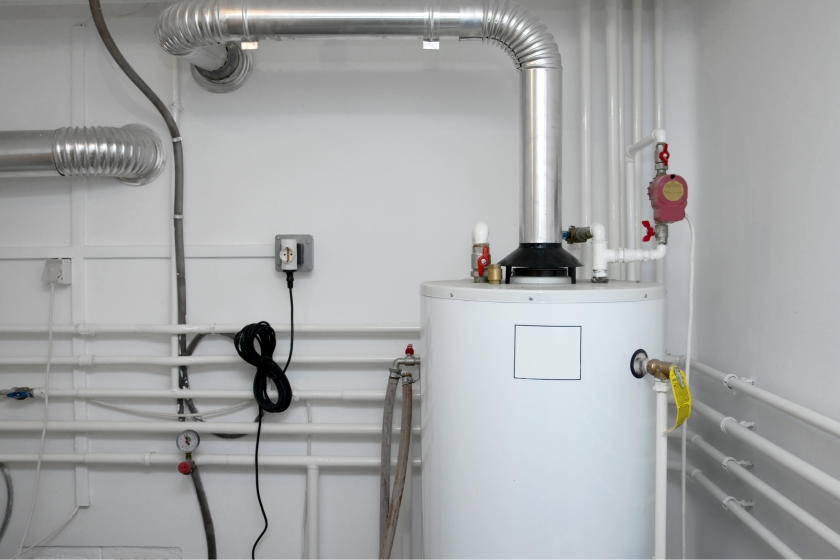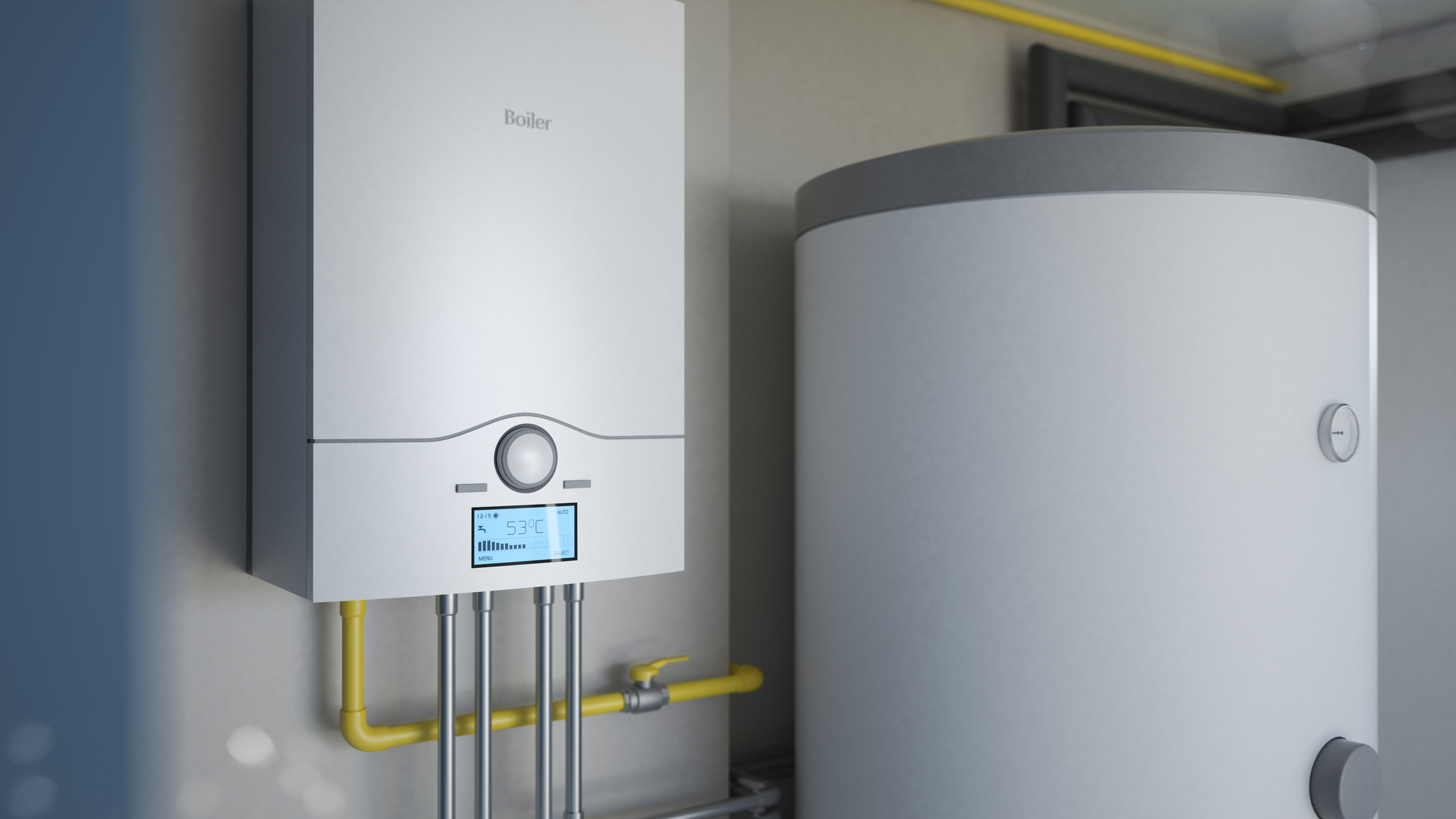We've stumbled upon this great article relating to How to Maintain Your Water Heater & Prolong its Life listed below on the net and thought it made perfect sense to relate it with you on my blog.

Hot water is essential for daily comfort, whether it's for a revitalizing shower or washing meals. To ensure your warm water system runs efficiently and lasts much longer, normal maintenance is vital. This article supplies sensible ideas and understandings on how to keep your home's hot water system to stay clear of disruptions and pricey repairs.
Intro
Maintaining your home's warm water system could seem overwhelming, however with a couple of simple steps, you can guarantee it operates efficiently for years to find. This overview covers whatever from recognizing your warm water system to DIY upkeep tips and understanding when to call professional assistance.
Importance of Keeping Your Warm Water System
Regular maintenance not only prolongs the life expectancy of your warm water system yet also ensures it runs efficiently. Ignoring upkeep can lead to reduced performance, greater energy expenses, and also premature failure of the system.
Indications Your Warm Water System Needs Maintenance
Understanding when your warm water system requires focus can protect against major issues. Look out for signs such as inconsistent water temperature, strange noises from the heating unit, or rustic water.
Recognizing Your Warm Water System
Before diving into maintenance jobs, it's practical to recognize the basic parts of your warm water system. Commonly, this consists of the water heater itself, pipes, anode rods, and temperature controls.
Monthly Upkeep Tasks
Routine regular monthly checks can assist capture small concerns prior to they rise.
Purging the Hot Water Heater
Flushing your water heater removes sediment buildup, improving efficiency and prolonging its life.
Checking and Replacing Anode Rods
Anode rods avoid rust inside the storage tank. Examining and replacing them when worn out is crucial.
Inspecting and Readjusting Temperature Level Settings
Adjusting the temperature setups makes sure ideal performance and security.
DIY Tips for Maintenance
You can perform numerous upkeep tasks on your own to maintain your hot water system in leading problem.
Checking for Leaks
Consistently check pipes and links for leaks, as these can lead to water damages and higher costs.
Checking Pressure Alleviation Valves
Checking the stress safety valve ensures it operates properly and prevents too much pressure build-up.
Insulating Pipelines
Protecting hot water pipes lowers warmth loss and can save energy.
When to Call a Specialist
While DIY upkeep is useful, some concerns need professional know-how.
Complex Concerns Requiring Specialist Aid
Instances include significant leaks, electrical issues, or if your water heater is continually underperforming.
Regular Professional Upkeep Advantages
Professional upkeep can include thorough evaluations, tune-ups, and making certain compliance with security requirements.
Verdict
Regular upkeep of your home's warm water system is important for performance, longevity, and expense financial savings. By following these tips and recognizing when to seek specialist assistance, you can make certain a reputable supply of hot water without unforeseen disturbances.
How to Maintain an Instant Hot Water Heater
Before tinkering with your hot water heater, make sure that it’s not powered on. You also have to turn off the main circuit breaker and shut off the main gas line to prevent accidents. Also turn off the water valves connected to your unit to prevent water from flowing into and out of the appliance. 2. When you’re done, you have to detach the purge valves’ caps. These look like the letter “T” and are situated on either side of the water valves. Doing so will release any pressure that has accumulated inside the valves while at the same time avoid hot water from shooting out and burning your skin. 3. When the purge valves’ caps are removed, you have to connect your hosing lines to the valves. Your unit should have come with three hoses but if it didn’t, you can purchase these things from any hardware or home repair shops. You can also get them from retail stores that sell water heating systems. Read the user’s manual and follow it to complete this task properly. When the hosing lines are connected, open the purge port’s valves. 4. You should never use harsh chemical cleaners or solutions when cleaning your unit. Make use of white vinegar instead. It should be undiluted and you’ll probably use about 2 gallons. 5. Now flush your water heater. This task should probably take about 40 minutes. We can’t give you specific directions for this because the procedure is carried out depending on the type, model and brand of your heater. With that being said, refer to the user’s manual. 6. When you’re done draining the unit, you have to turn off the purge port valves again. Remove the hosing lines that you earlier installed on each of the water valves. Put the valve caps (purge port) back in their respective places and be very careful so as not to damage the rubber discs that are found inside these caps. 7. Now that everything’s back in place, check your user’s manual again to find out how to reactivate your water heating system. 8. Once it is working, turn one of your hot water faucets on just to let air pass through the heater’s water supply pipes. Leave the tap on until water flows smoothly out of it. https://www.orrplumbing.com/blog/2014/september/how-to-maintain-an-instant-hot-water-heater/

I discovered that blog post about Water Heater Maintenance Tips You Can't Afford to Forget when doing a search on the search engines. Enjoyed our write up? Please quickly share it. Let other people discover it. Thanks a bunch for being here. Please pay a visit to our blog back soon.
This Page